Autonomous Mobile Robots
Autonomous Mobile Robots (AMR) are transport vehicles that not only operate without drivers but also (unlike Autonomous Guided Vehicles) without fixed guidelines on the floor. This is made possible by using modern sensors and navigation methods.
Advantages of Autonomous Mobile Robots
Driverless industrial trucks are used to transport materials, finished products, and stored goods. The main difference between an autonomous mobile robot and other driverless industrial trucks is the way AMRs find their way. While conventional driverless transport vehicles (FTFs) follow a guideline on the floor - i.e., they are track-bound - AMRs navigate autonomously to their destination. To do this, they can choose from predefined routes or select ideal routes using their own control system. If there is an unexpected obstacle in their path, AMRs can calculate an alternative course.
Always flexible with autonomous mobile robots
Their flexibility is the great advantage of autonomous mobile robots. Thanks to this flexibility, the robots can be controlled via a fleet control system. This makes transport processes more efficient and significantly reduces the risk of vehicles in the fleet getting in each other's way. Furthermore, unlike driverless transport vehicles, AMRs do not simply stop when an obstacle is in their path but calculate an alternative route. In short, AMRs keep processes flowing more smoothly.
AMRs remain scalable
In addition to their flexibility, AMRs are particularly impressive due to the easy scalability of the entire system. This is evident not only when additional vehicles need to be integrated into the fleet, but especially when the specified routes need to be changed. Unlike driverless transport systems, AMRs do not require any conversion measures as they are not track-bound. But this greater flexibility does, of course, come at a price.
AMR: Higher requirements for greater flexibility
Autonomous mobile robots are therefore much more flexible than track-bound driverless transport systems. However, this greater flexibility also places higher demands on the individual vehicles and the entire system. This applies to the sensor technology and safety technology, which are much more complex than in other driverless transport systems, but also to the computing power of each vehicle.
Autonomous mobile robots require sophisticated sensor technology
The sensor technology of an autonomous mobile robot is much more complex than that of an unmanned transport system, as an AMR cannot simply follow a guideline but must calculate its location and route itself. State-of-the-art laser sensors are generally used for this purpose. Such precision measuring instruments are complex to manufacture and therefore also more expensive.
AMRs have high computing power requirements
The computing power requirements of an AMR are comparatively high. The vehicle must not only autonomously collect the necessary information for position determination from its environment but also calculate its location in real time and decide which route to the destination is most favourable. All of this must be done while driving, i.e., while the position is constantly changing. Furthermore, the computer must calculate alternative routes if the sensors detect an unexpected obstacle along the way.
How does an autonomous mobile robot find its way?
Autonomous mobile robots use state-of-the-art, sophisticated technology for navigation. However, the navigation methods used by AMRs are anything but new in their basic principles. The two most important methods, dead reckoning and triangulation, have been in use for centuries, and positioning based on environmental features is not fundamentally new either.
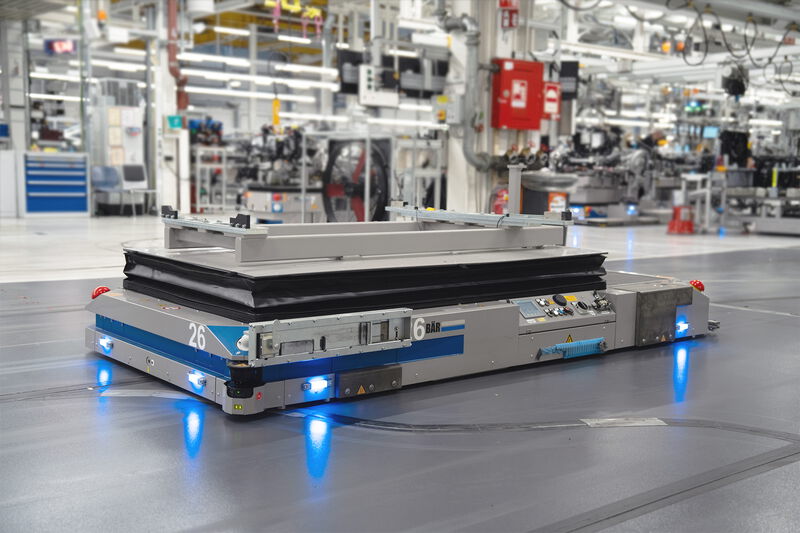
Coupled Navigation
Coupled navigation is a method that originated in seafaring, where it is still used today. The position of a vehicle is determined from its direction of movement and speed, measured from a starting point whose location is known. As with any approximate method of position determination, coupled navigation is subject to measurement errors that increase with the length of the distance traveled. For this reason, a new coupling must be started regularly at known points.

Triangulation
Triangulation is also an old navigation method that originally comes from seafaring. In this method, several reference points with known positions are recorded by a laser scanner and the position of the vehicle is calculated from the intersections of these sighting lines. The accuracy of this absolute method is higher than that of dead reckoning, but it requires greater technical effort (sensors, evaluation computers, reflector markers, etc.) and higher computing power.
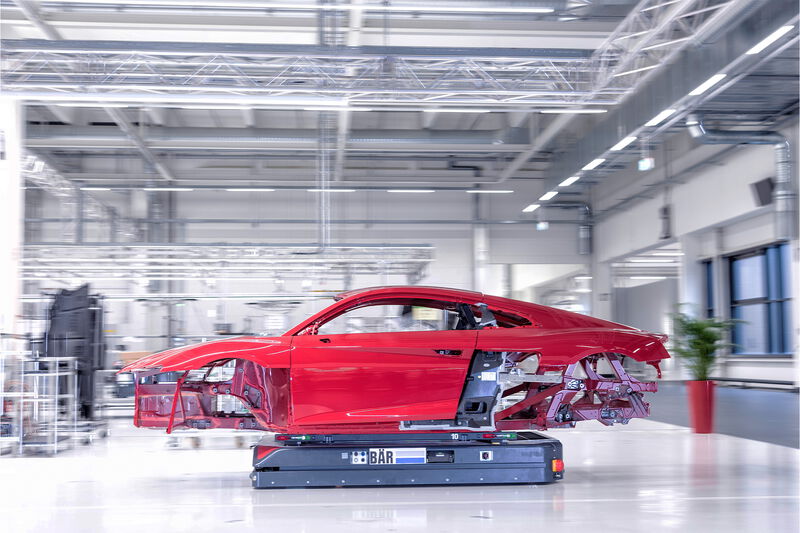
Environmental features
A less common method is navigation using environmental features and/or landmarks. Here, the robot uses scanners or cameras to capture its surroundings and compares their features with a stored digital map. Based on the data obtained, the AMR calculates the best route to the destination.
Where are autonomous mobile robots used?
Autonomous mobile robots are currently used wherever track-bound autonomous guided vehicles (AGVs) are also in use. This is mainly the case on assembly lines, in logistics and warehousing, and in industrial manufacturing. There, they are often used as transport robots.
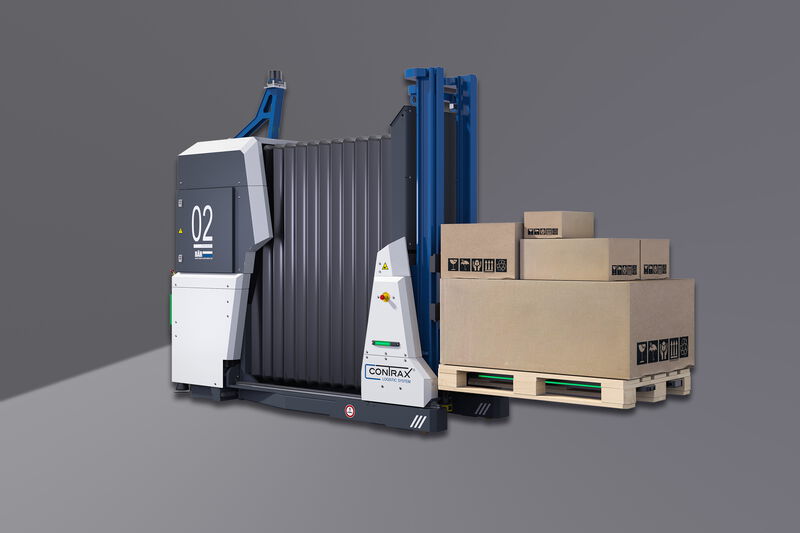
Logistics
AMRs have become indispensable in logistics (both in the logistics industry itself and in the intralogistics of a wide variety of companies). In automated warehouses, they perform similar functions to the Autonomous Guided Vehicles (AGVs) that have long been established in this industry, but with the aforementioned greater flexibility. One example from our company of the many ways in which AMRs can support employees in intralogistics is FiFi®.
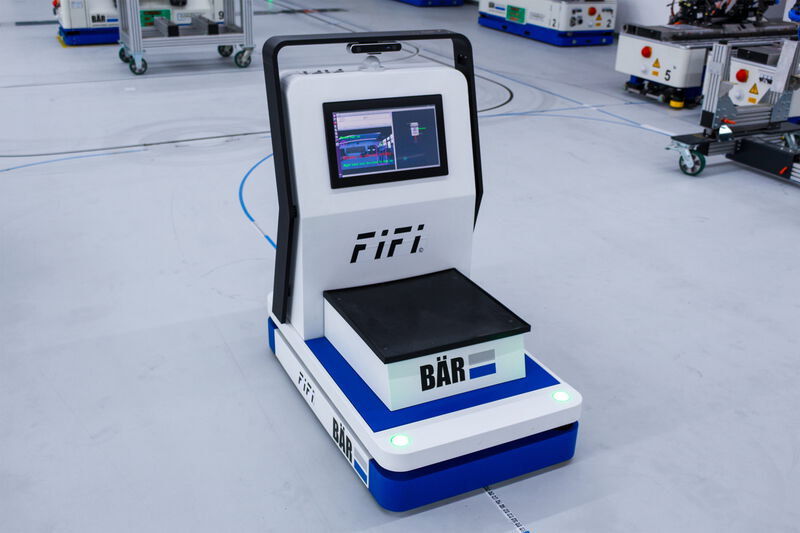
FiFi® – a special autonomous mobile robot
A special innovation from BÄR Automation is our gesture-controlled FiFi®. This collaborative robot has been specially developed for intralogistics, order picking, and production and can recognize gestures and be controlled using its human-machine interface. FiFi® can be used as a stand-alone solution or as part of a fleet. It can therefore be customized and flexibly adapted as required.
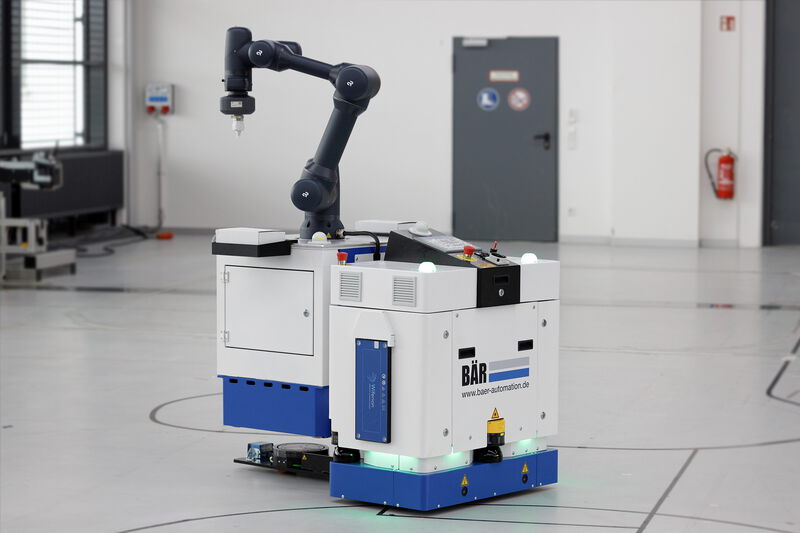
Manufacturing
In manufacturing, autonomous mobile robots are used not only to supply materials, but also to transport the actual products. The AMR can be used here as a mobile workstation. The advantage lies in their unmatched flexibility. When production processes change, workstations are added or removed, no extensive conversion work on the conveyor systems is necessary; the AMRs simply need to be reprogrammed.
There is no need to doubt safety
The idea of robots suddenly moving around a production facility or warehouse, determining their own route and having to avoid obstacles, may initially raise doubts about safety, but these are unfounded. Safety is the top priority for all our autonomous mobile robots. Each AMR constantly monitors its surroundings with state-of-the-art laser sensors and will always choose an alternative route around an obstacle that does not endanger the vehicle itself or any people or equipment in the vicinity. Unlike human drivers, the robot is never distracted, unfocused, or under time pressure.
The Future of Autonomous Mobile Robots
All industrialized nations are facing the problem that their labor markets already have fewer workers available than they need. Demographic trends over the next few decades will only make this problem worse. Autonomous mobile robots will make an important contribution to easing the labor market situation in the future by replacing missing human workers. For example, they can be used for a wide variety of applications in agriculture, luggage transport in the hotel industry, disinfection and sterilization in the healthcare sector, and, of course, in public transportation.
With the further development of AI and the associated improvements in existing human-machine interfaces, it is also conceivable that AMRs will interact directly with customers or visitors in the future and serve them directly, instead of primarily supporting employees as is the case today. Of course, this requires systems that can be operated intuitively without training.







